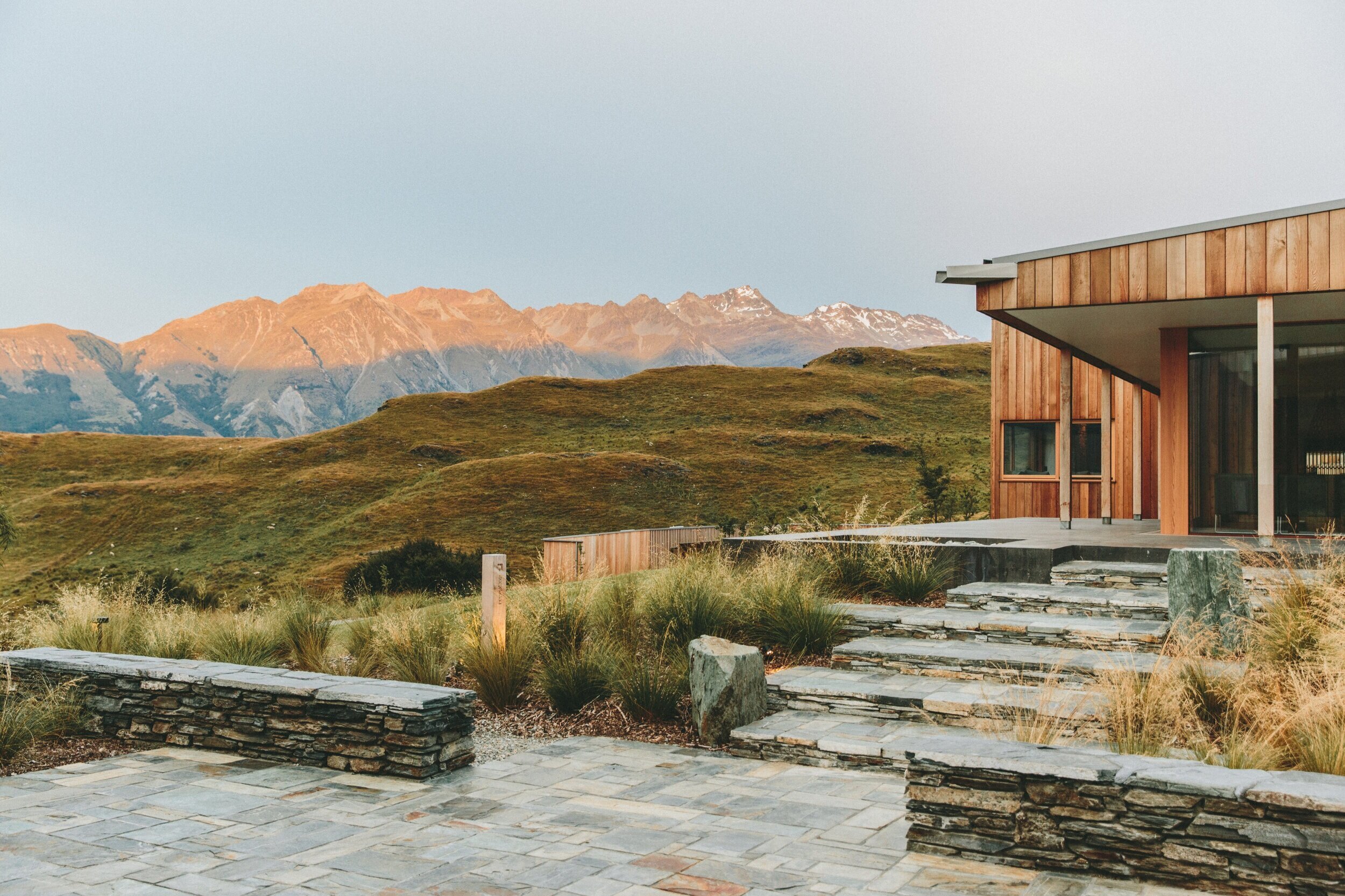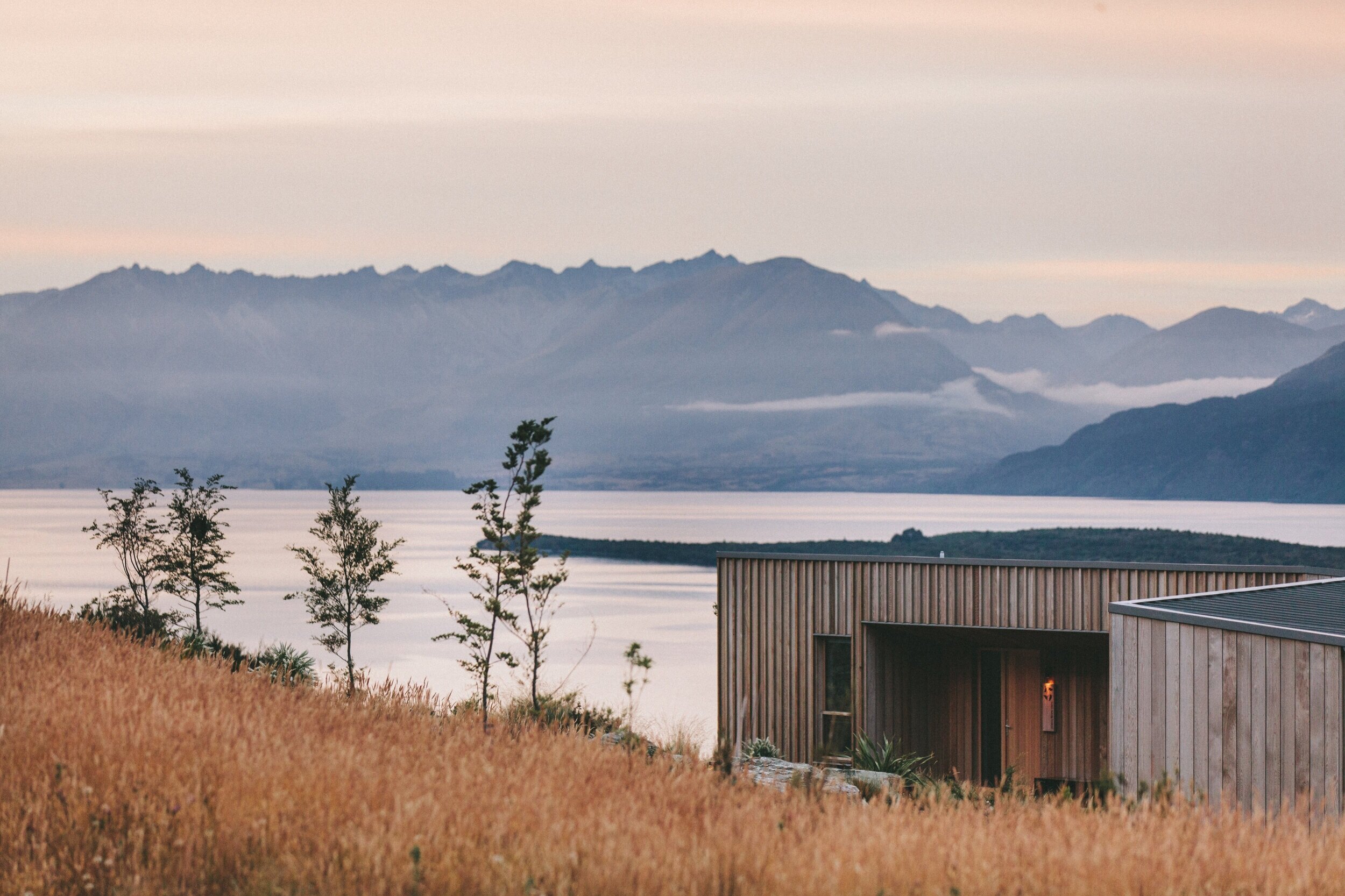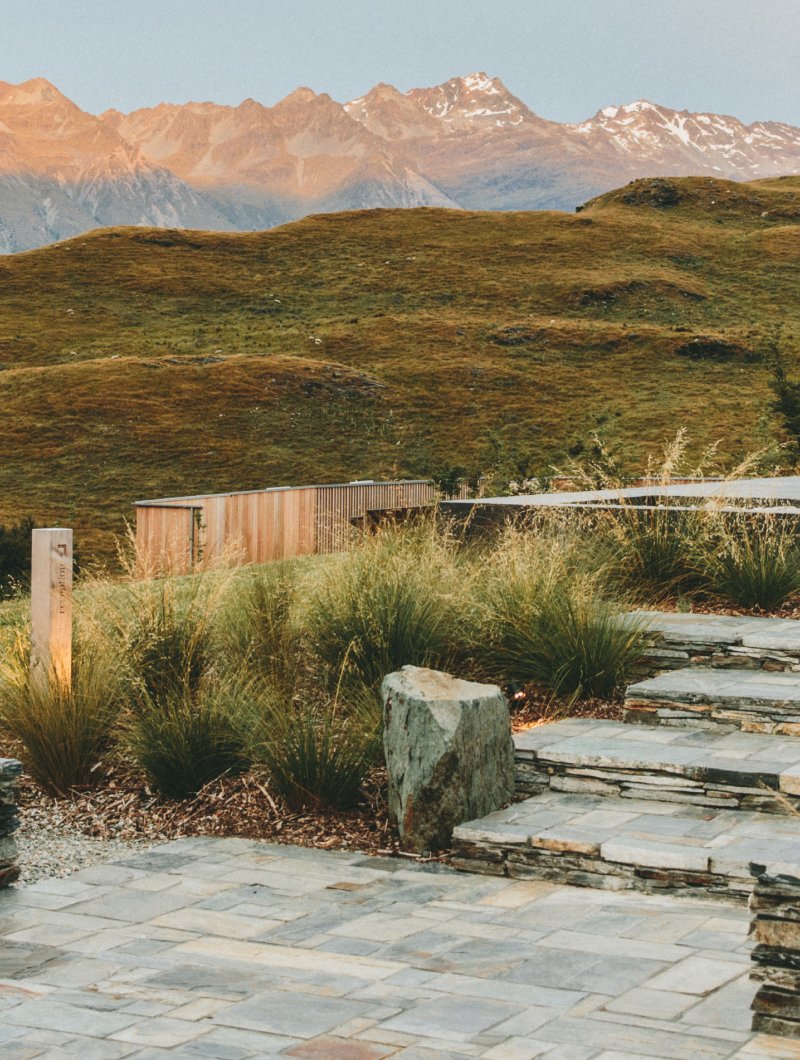Dal and its History
Dal Lake is a subalpine Himalayan lake situated in the eastern part of the valley of Kashmir at an altitude of 1584 meters above sea level - add lat long. It is historically considered to be the center of Kashmiri civilization but there is very limited informatiion about its age or origins. Two of the commonly held notions describe its origins to be through the progressive shrinkage of an ancient glacial lake which existed during the pliestocene period. According to this - - hte lake is a post-glacial relic of shallow depth averaging two meters. The other view (substantiated by Tarikh-e-Hassan’ chronicles of kashmir’s—-) suggests that Dal was a low lying area in the flood plains of the river Jehlum and its shape is formed from the meandering riivers course - derived from enlarged oxbows and abandoned flood channel ratjer than the shrinkage of an ancient lake. (SOURCE)
Historically the area around the lake was fertile and used for paddy and vegetable cultivation. Mughal emperors who - in Kashiir in the late 16th century, who would come yto Kashmir to seek respite from the hot summer months in the plains of India, were- by the beauty of the lake and constructed around 500 baghs or gardens around it, of which only a handful remain and are used in present day. This seems to be the first accout of developme/ human intervention around the lake or -settlement for leisure . As the city satrted expanding in the 18th and 19th centuries new settlements started coming up along the lake periphery which set into motion the —long term /changed the interaction and presence of the lake in the city and changes in the lake environs. Over the next two cecnturis with an expanding population/ and shift from riiveriinie transport to road-abased in Srinagar lled to the construction of embankments, building of the foreshore and boulevard roads, and establiishmetn of lake tourism. As the city continues to grow, the multitude of pressures gowing on the Dal have led to its significant shrinkage-from a clear— to a algae covered stagnant- - but provifiig houuseboats as residence for the British —.
Historically area?
Origins of the Lake
Iit is important to consididerr the lake s an intergral part of the larger water bodies nd systems. It is a testimony of Srinagar and iits inhabitants close relationship and reverence for water, and how this rellationshop has evolved over time.
The lake is subdivided into four basins from north to south - Hazratbal, Bod Dal, Nigeen (called ‘Sudar Khun’ in old maps), Lokut Dal, and Gagribal. Gagribak is the shallowest with a amxiiimum depth of 2.5 meters wherreas the Nigeen is the deepest with a depth of 6 metres. These zones are interconnected through waterways and in the Hazratbal and Bod Dal areas are two small islands with chinar trees called Rop Lank ans Son Lank. (Besided its different basins, the lake can be differentiated roughly into three zones - open water, marshy lands, inhabited and floating islands and houseboat area. The islands are inhabited by the lake dwelling community (known as ‘Haenz’- although the use of the term Haenz or Hanji might be considered derogatory), who cultivate the floating gardens or radh and artificiially constructed raised fields and lotus fields. THese are owned and managed by not only the market gardeners but also other communties whose members work iin other trades within the lake and onshore. The mineral rich water brought by the streams flowing into the dal makes the water— ground for hundreds of. submrerged and floatnig plant species and fish especially the inndigeneouus carp. The lakke is also - a priime spot for migratory birds—
The houuseboat zone - is where all the houseboats are moored- close to dalgate, and hotels along the shore makig it a prime tourist spot. these houseboats which were a modification of the traditionla doongas used byb the lake dwelling community as houses on the river jehlum,were constructed mainly for british officcers who wanted to escape the heat from the indian plains. Since owning land to non kashmiiris was not permitted these houseboats became their summer homes. organised tourism began roughly arond the lae nineteenth to early twntieth ccentury in Kahsmir which solidiifed—rvived the earlier accounts. of the trope of kashmir being paradiise on earth. But folllowing the disputes and volatile political landscape tourism has become—sporadic and only started to pick up again since 2019 with mainly indian tourists looking to spend time in houseboats on the lake.
Waterways and Economy
Myths and legends around Kashmiir and its origin often talk about the valley emerging from water. This narrative also talks about how humans settled here and the value of rivers nd its numerous canals, lakes and streams for the development of initernal trad and trrffic. The shiftt to road transport onnly happened in the late 1800s till which the number of boatment engaged iin the transport adn traffic amounted to 34000.nand until the end of the tweniteth ccecntury, almost all iinternal trade was done viisa the many lakes, riivers and canalc that criscross the vallet. The canals were built not only to irrigate





